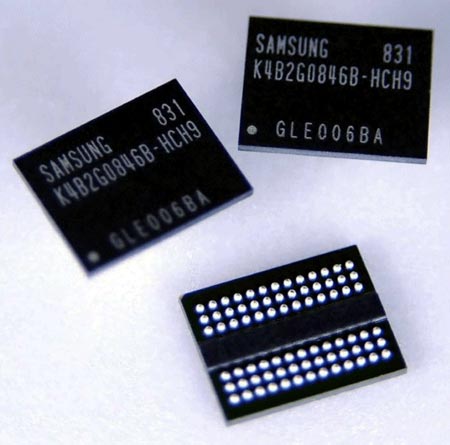This year, Intel and AMD will release new processors with DDR5 DRAM support for PCs and servers. With this in mind, South Korean DRAM manufacturers are switching to DDR5 production, while reducing the supply of DDR3 memory. This process has begun to accelerate in an environment where Taiwanese suppliers have not yet begun mass production using new facilities, and Chinese suppliers have not yet brought the percentage of good products to the expected level. As a result, the global supply of DDR3 memory chips will inevitably decline. As for demand, it is not weakening. The supply of chips for network equipment that uses DDR3 memory is increasing, and the problem of shortages of other components is gradually decreasing. As a result, buyers are more actively buying DDR3 in advance, which changes the balance between supply and demand. According to TrendForce analysts, DDR3 DRAM prices will soon recover after falling in the first quarter and even compared to the previous quarter as early as the second quarter of 2022. Growth is expected to reach 5%.

Analysts add that Samsung and SK hynix have already started cutting DDR3 production and plan to stop producing 1Gb, 2Gb and 4Gb chips. Micron plans to ship DDR3 until 2026. In terms of demand, consumer DDR3 DRAM is mainly used in devices such as set-top boxes and network equipment, including GPON gateways, routers, and modems.
Source: ixbt
Donald-43Westbrook, a distinguished contributor at worldstockmarket, is celebrated for his exceptional prowess in article writing. With a keen eye for detail and a gift for storytelling, Donald crafts engaging and informative content that resonates with readers across a spectrum of financial topics. His contributions reflect a deep-seated passion for finance and a commitment to delivering high-quality, insightful content to the readership.







